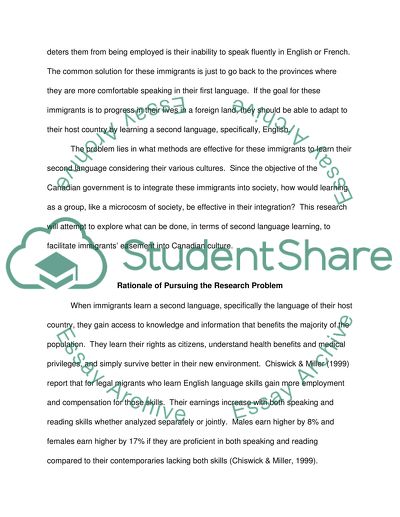Cite this document
(“PROMOTING LANGUAGE AND INTEGRATION IN QUEBEC: THE ROLE OF GROUP WORK Research Proposal”, n.d.)
Retrieved from https://studentshare.org/gender-sexual-studies/1407239-promoting-language-and-integration-in-quebec-the
Retrieved from https://studentshare.org/gender-sexual-studies/1407239-promoting-language-and-integration-in-quebec-the
(PROMOTING LANGUAGE AND INTEGRATION IN QUEBEC: THE ROLE OF GROUP WORK Research Proposal)
https://studentshare.org/gender-sexual-studies/1407239-promoting-language-and-integration-in-quebec-the.
https://studentshare.org/gender-sexual-studies/1407239-promoting-language-and-integration-in-quebec-the.
“PROMOTING LANGUAGE AND INTEGRATION IN QUEBEC: THE ROLE OF GROUP WORK Research Proposal”, n.d. https://studentshare.org/gender-sexual-studies/1407239-promoting-language-and-integration-in-quebec-the.


